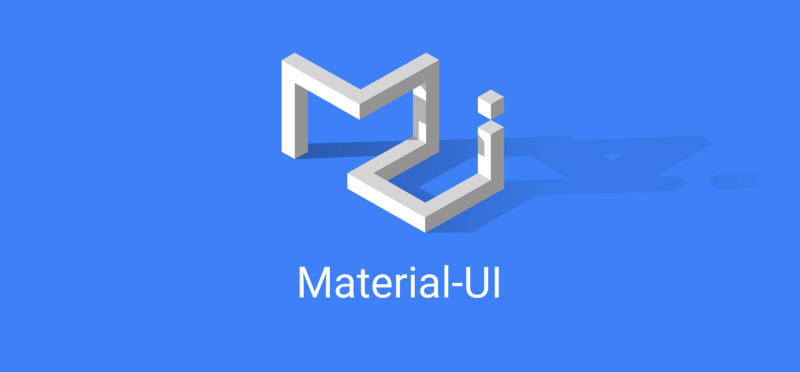About Material UI

Material-UI is a popular react library that has extensive extensive library of components and are ready for production.
- It is an open-source, fronted react library.
- It is built using Less, Less stands for ( Leaner Style Sheets)
- It is backward-compatible language extension for CSS .
- It was introduced in the year 2014, not long after React came out to public and since then it has grown in popularity and usage.
Material-UI widgets are hugely insipired from the Google's Maerial Design and hence it provides a high-quality, digital experience while dveloping front-end.
With more that 65,000 stars on on the github, Material-UI is one of the top user interface libraries for react
Some terrific feautres of Material-Ui
- dyamic styles generated at runtime
- Nested themes with intuitive overrrides
- reduced load time with code splitting
What makes Material-UI different from other frontend libraries?
Seriously a hell lot of things, to mention a few,
Many front-end frameworks are not very well docuemented, this makes it hard to develop with them. However, Material-UI has detailed documnetation that makes it easy to naviagate and understand it well.
The components of it, are consistent in design and color tones, which allows the developed application/webpage to look aethetically pleasing and appealing.
Few websites whose frontend has used Material-UI
Installation Of Material-UI
To install Material-UI, run the following command in your React project's root directory
npm install @material-ui/core
If you prefer yarn, run the following
yarn add @material-ui/core
Use the following code to the head tag of your index.html file.
<link rel="stylesheet" href="https://fonts.googleapis.com/css?family=Roboto:300,400,500,700&display=swap" />
Few Additional Knowledge
- To use SVG icons, run the following command, and install
@material-ui/iconsas a dependencynpm install @materail-ui/icons
The first thing to do in order to use any Material-UI component is to import that component. In your
App.js, add the following code at the top with other imports.
import React from "react";
2import { Button } from '@material-ui/core';
Hope this helped. Image source - link